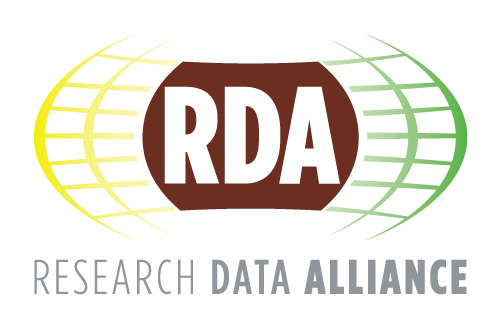Who We Are
What We Do
-
How RDA Works
Standards
What are Recommendations & Outputs?
What We Work On
Get Involved
Events
-
Plenaries
RDA Meetings & Events
Training & Webinars
RDA Groups
What are Groups?
Interest Groups
Communities of Practice
News & Media
News & Stories
Multimedia

